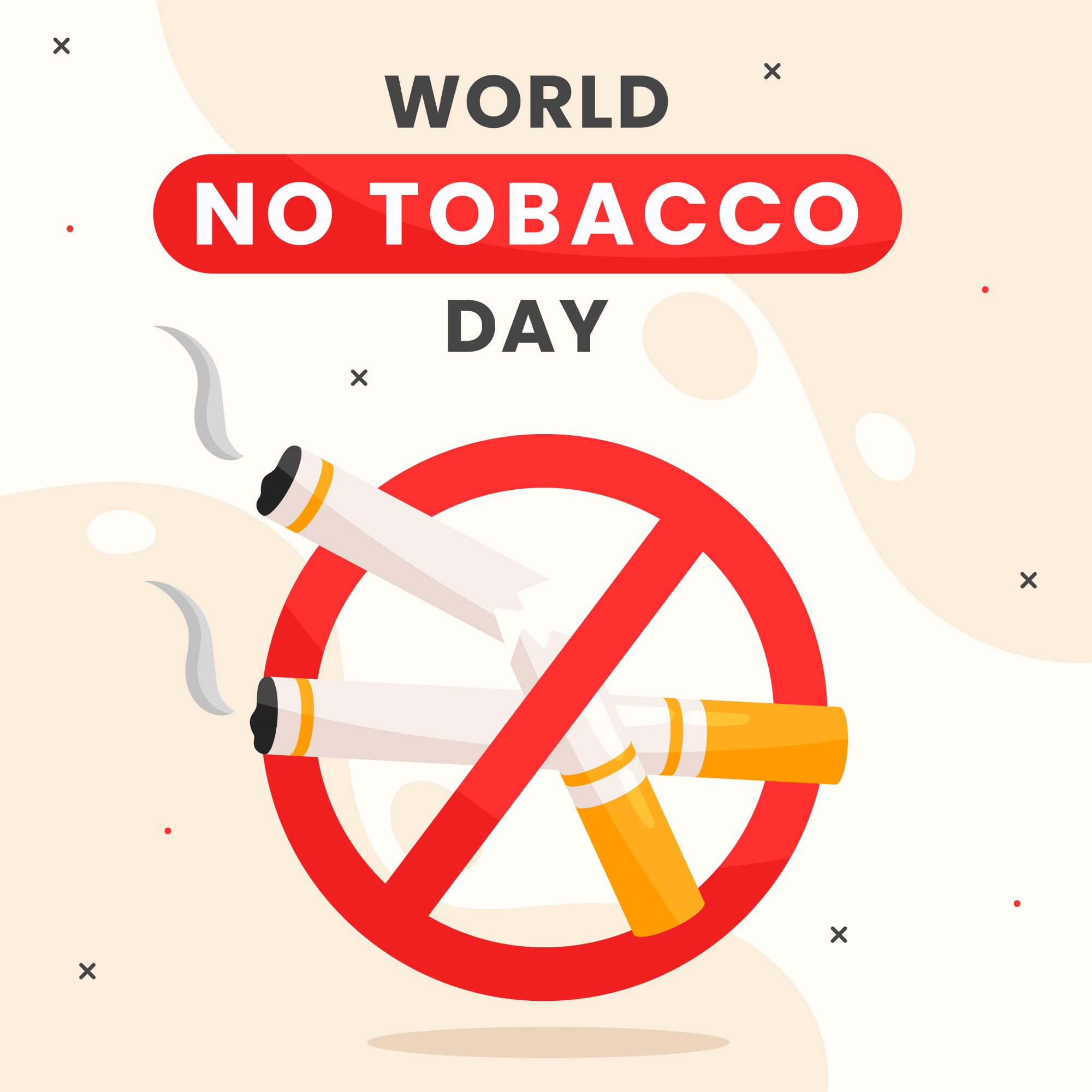
Despite progress in reducing cigarette smoking and related diseases in the past few decades, these reductions have not equitably benefited all segments of populations across the globe. For decades, tobacco companies have used disguised promotions, targeted marketing, and other veiled tactics to unfairly increase access to and appeal of tobacco products for certain groups, especially young people and the marginalized.
With over 8 million tobacco-related deaths a year, of which 1.3 million are non- smokers who die from exposure to second-hand smoke. Tobacco use therefore continues to be one of the biggest contemporary public health threats, While tobacco control remains a global health priority, tobacco continues to be one of the top preventable causes of premature deaths and is the only commercial product that kills half its users when used exactly as intended. An estimated 37 million children aged 13-15 years worldwide use tobacco and in many countries the rate of e-cigarette use of young people exceeds that of adults.
It is however instructive to note that the past two decades has provided humanity with rich lessons on how to address this global health threat; it is however up to governments at different levels to act to save lives and stop the spread of this preventable killer.
Efforts have been made in the past two decades or so by WHO and other health advocates to promote smoke-free public environments not only to protect bystanders but can also help de-normalize the act of smoking across society. In 2008, only 5% of the world’s population was covered by comprehensive smoke-free laws, but today over one quarter of the world’s population is covered.
However, progress so far is being undermined by the tobacco industry’s aggressive promotion of E-cigarettes as a safer alternative to cigarettes. Young people, including those who never previously smoked, are a particular target. In fact, E-cigarettes are harmful to both the people using them and those around them, especially when used indoors
Marketing content promoting e-cigarettes, nicotine pouches and heated tobacco products has been viewed more than 3.4 billion times on social media platforms.
Flavours are found in many nicotine and tobacco products. Currently there are about 16 000 unique flavours. These flavours are often cited as the number one reason for initiation of nicotine and tobacco products use. Tobacco and nicotine industries use insidious strategies to make their harmful products appealing, especially to young people.
Manipulative product designs, attractive flavours, and glamourized marketing create a false sense of security and evoke desirability. There is therefore a need to break the illusion because nicotine and tobacco products are highly addictive and designed to sustain use, trapping users in a cycle of dependence. The additives mask the harshness of tobacco, making it easier to start and harder to quit. There is therefore no more for ‘candy coating’ of these killer tobacco products.
Removing the appeal of these products through stricter regulations is essential to protecting current and future generations from harm. The tobacco and nicotine industries should be prevented from tricking people with their attractive money-driven marketing strategies that are aimed at enslaving the unsuspicious and often gullible children and youth.
Let all well-meaning peoples of the world stand together and make it crystal clear: No more tricks, no more traps. Tobacco use is also linked to high levels of disease, disability, and death in some populations, such as people with mental health and substance use disorders. All concerned and affected people of the world should therefore join the “Anti Tobacco Use Campaign” to stop this preventable cause of disability and death.
The suggested approaches to curtailing these deceptive advertisements induced smoking include:
Other strategies targeted at smoking cessation include:
There should also be preventive intervention or strategies at the point-of-sale of tobacco products such as:
Share This News